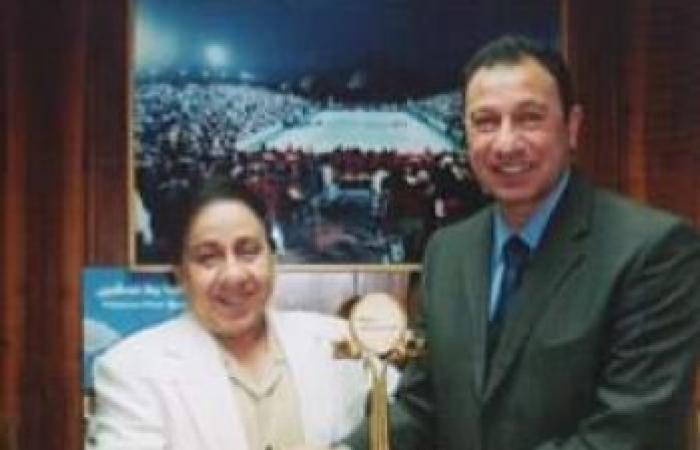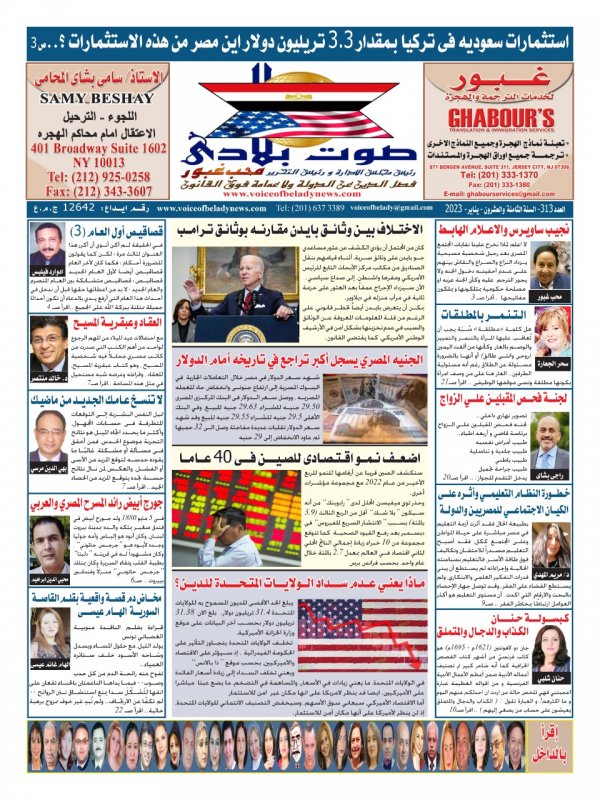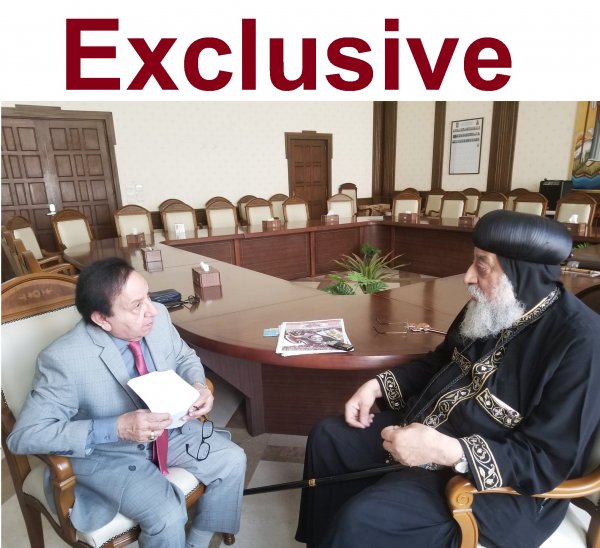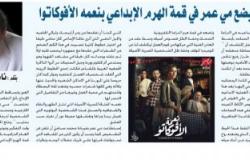the siege
I wrote
Howayda Awad Ahmed
There are many types of sieges against our Arab homeland, and they have developed and emerged. Their goal is not to achieve tactical or partial goals, but to set high ceilings for its development that Arab reality is forbidden to exceed or even approach them.
The blockades imposed on the Arabs are not a new issue. We may remember the first siege attempted by our generation in the fifties, when one of the American shipping workers’ unions refrained from shipping the Egyptian ship Cleopatra with wheat from one of the American ports, so Arab workers decided to refrain from shipping American ships in all Arab ports from the ocean to the Gulf Until the American union retracted its position, which happened after only twenty-four hours on that day, the Arab workers faced the American position with a unified position, and they achieved an easy victory.
The embargo in itself is not a new phenomenon, if America has adopted it since the nineteenth century and has used it consistently, either to contain forces that do not appeal to it, or to adapt foreign policies and interests to its own and its policies.
By adopting the siege as a tool for foreign policy, there are many types of sieges against our Arab homeland, and various types of sieges have developed and emerged.
We discovered this when the first Egyptian nuclear reactor was built at the end of the fifties and when the Iraqi nuclear reactor was hit
At the same time, former Israeli Prime Minister Menachem Begin said publicly that the Arabs are not allowed to penetrate a specific ceiling in their development. They can penetrate it by possessing advanced techniques or conditions that allow them to move from a state of weakness to a state that produces progress and strength, a paradoxical state of backwardness and backwardness.
But the West in general, and America in particular, did not abandon the policy of imposing partial sieges with which they wanted to straighten the path of one of the Arab countries and return it to the right line appropriate to Western interests. Rather, they sought it until it became a major tool for taming the Arabs.
In the last decade, they created a model of siege based on removing a country from politics, rejecting it and placing it outside international and regional relations and outside its era by dismantling its ties with the world, whatever its form or character.
This kind of siege is a comprehensive siege that does not stop at a limit that includes all aspects of the existence of the country concerned and aims to sabotage and uproot the structures and structures of its state and society.
In this type of structural siege, the goal is not to condition or tame a country, but to dismantle its state and society and prevent them from getting out of a situation that restricts them and finds their ability to continue. For information, this comprehensive structural blockade is characterized by permanence, gradualness, and hierarchy because it begins with the systematic destruction of the capabilities of the concerned country and then sets ceilings It is increasingly declining and is imposed on various aspects of his life, as it has a devastating effect on his state and then on his societal formations.
Finally, everyone in it from here, this comprehensive siege covers life
Economic, political, cultural and spiritual for the besieged people who are reformulated and produced so that their actions are contrary to their own goals and interests and consistent with the goals and interests of those besieging them and programming their life in the West
The embargo is not new to the new Arab nation, it is its current forms. After the collapse of the Soviet Union, America began to act as if it was the only international decision-maker and began using the UN Security Council to issue specific resolutions directed against specific countries, applying according to specific mechanisms with the intent of imposing blockades on them, which is a punishment for certain practices these countries have established. It or is said to have done it.
These kinds of sieges were imposed as a result of America’s control of the UN Security Council and the United Nations, but we, as Arabs, have been dealing with sieges for a long time. Since the beginning of the twentieth century, the Arabs have been subjected to a number of measures aimed at containing them, impeding their unity, preventing their solidarity, and shifting their situations as a whole to the benefit of the United States and the West.
The responsibility for what is happening does not fall on America and the West alone. There are two types of sieges.
external imposed by the other.
And an internal siege imposed by the Arabs on themselves or imposed on them by some of their governments, with the insistence that the latter type may be harsher, more effective, and much more painful than the external siege.
The siege has been imposed on the Arabs since independence. That is, since the Second World War. Its goal was to prevent any Arab meeting that takes the form of Arab cooperation, solidarity or economic integration. This hidden blockade was imposed in order to be alone in Arab oil and prevent Arabs from using it for purposes related to their development. Preventing independent Arab development because they rightly believe that such development will put oil at the service of the Arabs. Thus, the West’s practical policies were directed towards a primary goal, which is to prevent any Arab development based on oil and place its revenues at the service of the Arab nation exclusively.
In order to prevent independent Arab economic development with oil money, they prevented the Arabs from carrying out any kind of political development, i.e. unionism, because they believed that the unity of the Arabs would liberate their oil and protect their development. We can now designate the parties that imposed on us the economic and political ceilings mentioned, which are outside the multinational companies, international financial institutions and Israel. And internally, the various Arab self-restrictions that have been activated and activated in all Arab societies.
The idea of besieging the Arab world and setting ceilings for its development dates back to its distant times, which began with the emergence of European tendencies to strike the civilized personality of the Arab nation and the Arab region, as evidenced by the Crusades, and then seeking to implant a strange entity between the bright
The Arab homeland and Morocco in Palestine specifically since the end of the eighteenth century
This is a political siege by Jafaravi. It is added to the previous types of sieges, the most important of which is the ideological siege and its goal is to separate the components of the Arab personality and put some of them in the face of others and prevent them from interacting with reality.




 رئيس التحرير يكتب : من التراب وإلى التراب يعود .. تحويل جثث الموتى إلى سماد عضوى
رئيس التحرير يكتب : من التراب وإلى التراب يعود .. تحويل جثث الموتى إلى سماد عضوى
 رئيس التحرير يكتب : لماذا تصر الحكومة على استمرار شريف أبو النجا رئيسا لمستشفى 57357 رغم الشواهد العديدة على فساده
رئيس التحرير يكتب : لماذا تصر الحكومة على استمرار شريف أبو النجا رئيسا لمستشفى 57357 رغم الشواهد العديدة على فساده اقرأ في العدد الجديد ( عدد يناير ٢٠٢٣ ) من جريدة صوت بلادي
اقرأ في العدد الجديد ( عدد يناير ٢٠٢٣ ) من جريدة صوت بلادي









